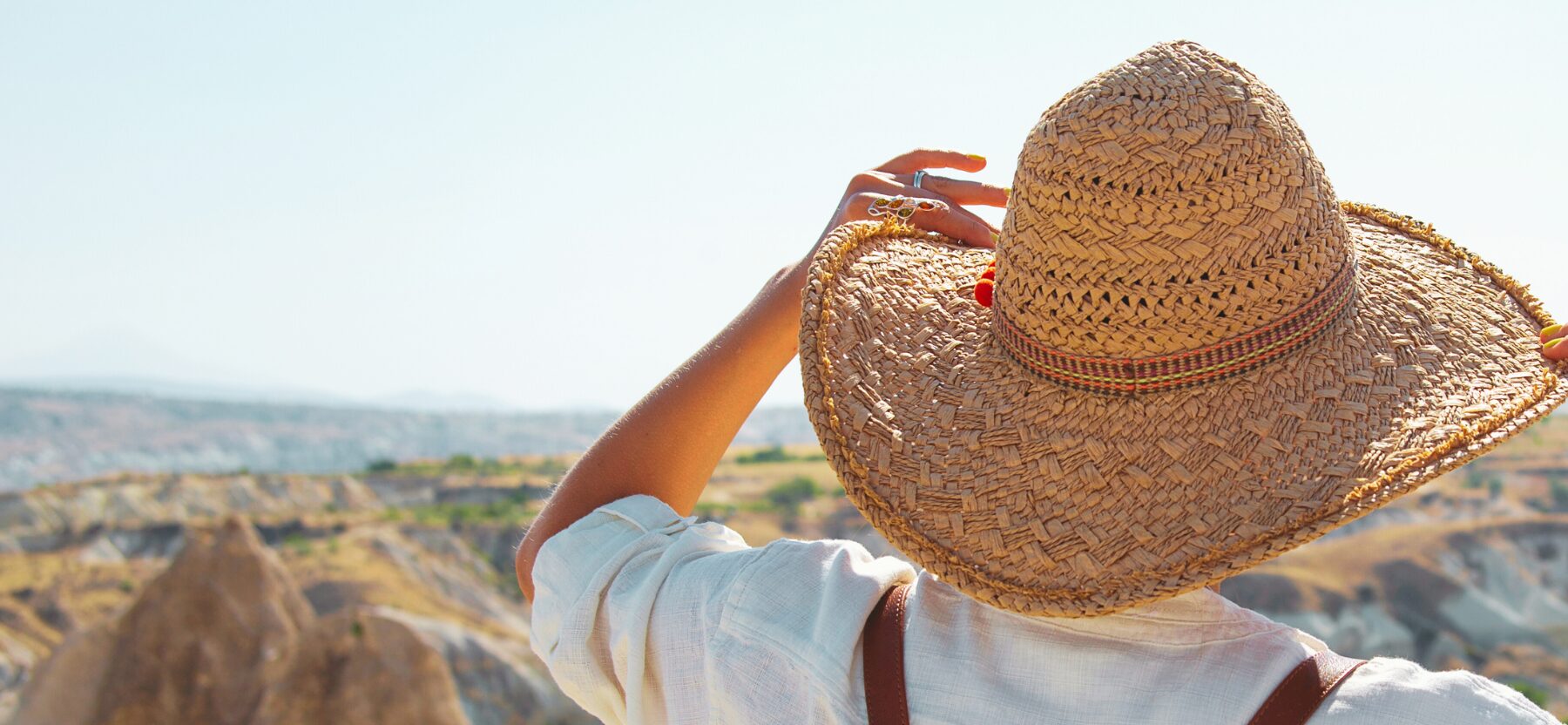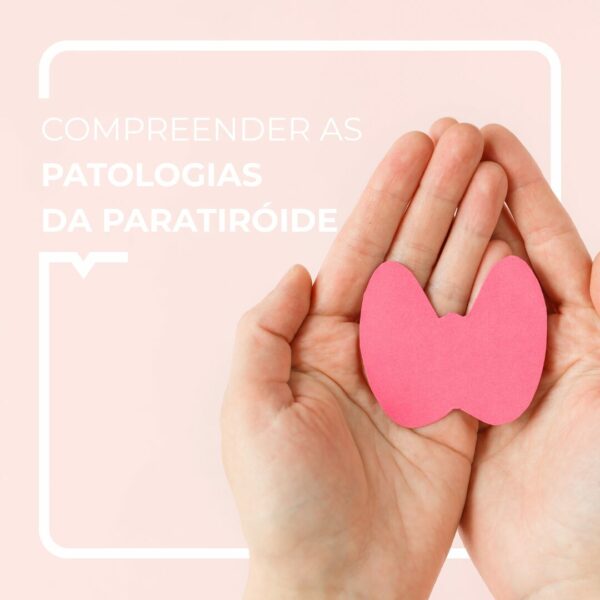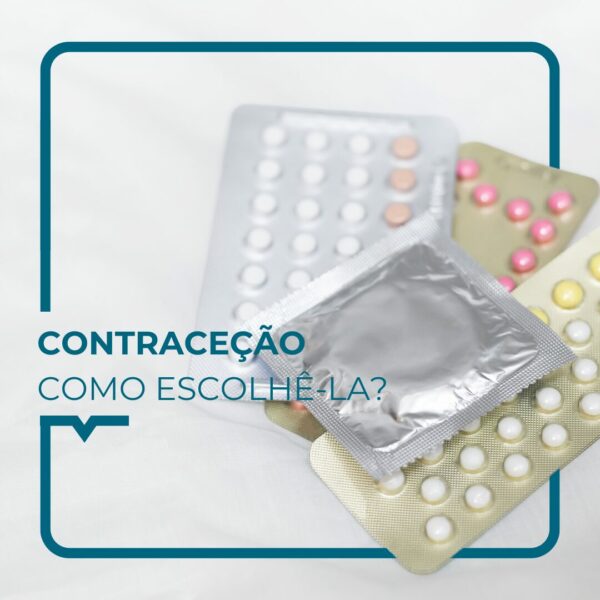Passou um dia na Costa da Caparica, ao sol escaldante, com um pouco de brisa para se refrescar… Mas no regresso a casa sente náuseas e febre. É de certeza uma insolação.
Olá, sou a Dra. Joy.
Hoje vamos falar de insolação.
Vamos!
O QUE É INSOLAÇÃO?
A insolação, também conhecida como golpe de calor, é uma doença resultante da exposição excessiva ao sol sem proteção. Trata-se de um aumento significativo da temperatura corporal, causado por uma perturbação do mecanismo de termorregulação : os raios induzem um aumento da temperatura da cabeça, do pescoço e depois do corpo.
OS SINTOMAS
Os sintomas podem variar consoante a gravidade da doença.
Os sintomas comuns da insolação incluem:
- Vermelhidão da pele
- Dor e ardor na pele
- Pele seca e desidratação
- Náuseas e vómitos
- Dores de cabeça
- Tonturas e confusão mental
- Febre
- Pulsação e respiração aceleradas
- Fraqueza e fadiga
Nos casos mais graves, a insolação pode causar sintomas como convulsões, problemas de visão, desmaios e até coma. Se sentir estes sintomas, ou se estiver preocupado com a exposição excessiva ao sol, é importante consultar imediatamente um profissional de saúde.
COMO É QUE SE TRATA A INSOLAÇÃO?
- Comece por sair do sol e ir para um local fresco e à sombra.
- Mantenha-se hidratado, bebendo muita água e tomando um banho ou duche para ajudar a baixar a temperatura do corpo.
- Evite tomar analgésicos à base de aspirina, pois podem agravar os sintomas da insolação.
- Nos casos mais graves de insolação, pode ser necessária a hospitalização para reidratação intravenosa e controlo médico rigoroso.
É importante consultar um profissional de saúde se os sintomas forem graves ou se não melhorarem após algumas horas.
EVITAR A INSOLAÇÃO
Eis algumas formas de prevenir a insolação:
- Evitar a exposição ao sol durante a parte mais quente do dia (entre as 11 e as 16 horas).
- Usar roupa leve e de cor clara para cobrir a pele o mais possível.
- Utilize um chapéu de abas largas para proteger o rosto e o pescoço do sol.
- Use óculos de sol para proteger os seus olhos dos raios UV.
- Aplique um creme solar com um fator de proteção solar elevado (pelo menos SPF 30) em todas as áreas expostas da sua pele.
- Beba muita água para evitar a desidratação.
- Evite bebidas como o álcool ou a cafeína, pois podem desidratar o seu corpo.
- Tenha especial cuidado em proteger as crianças e os idosos, que são mais vulneráveis à insolação.
Até já,
Dra. Joy.
Estas informações não pretendem, de forma alguma, substituir o aconselhamento médico.
É imperativo que procure o conselho do seu médico ou de outro profissional de saúde qualificado para quaisquer questões relacionadas com o seu estado de saúde.
Fonte:



